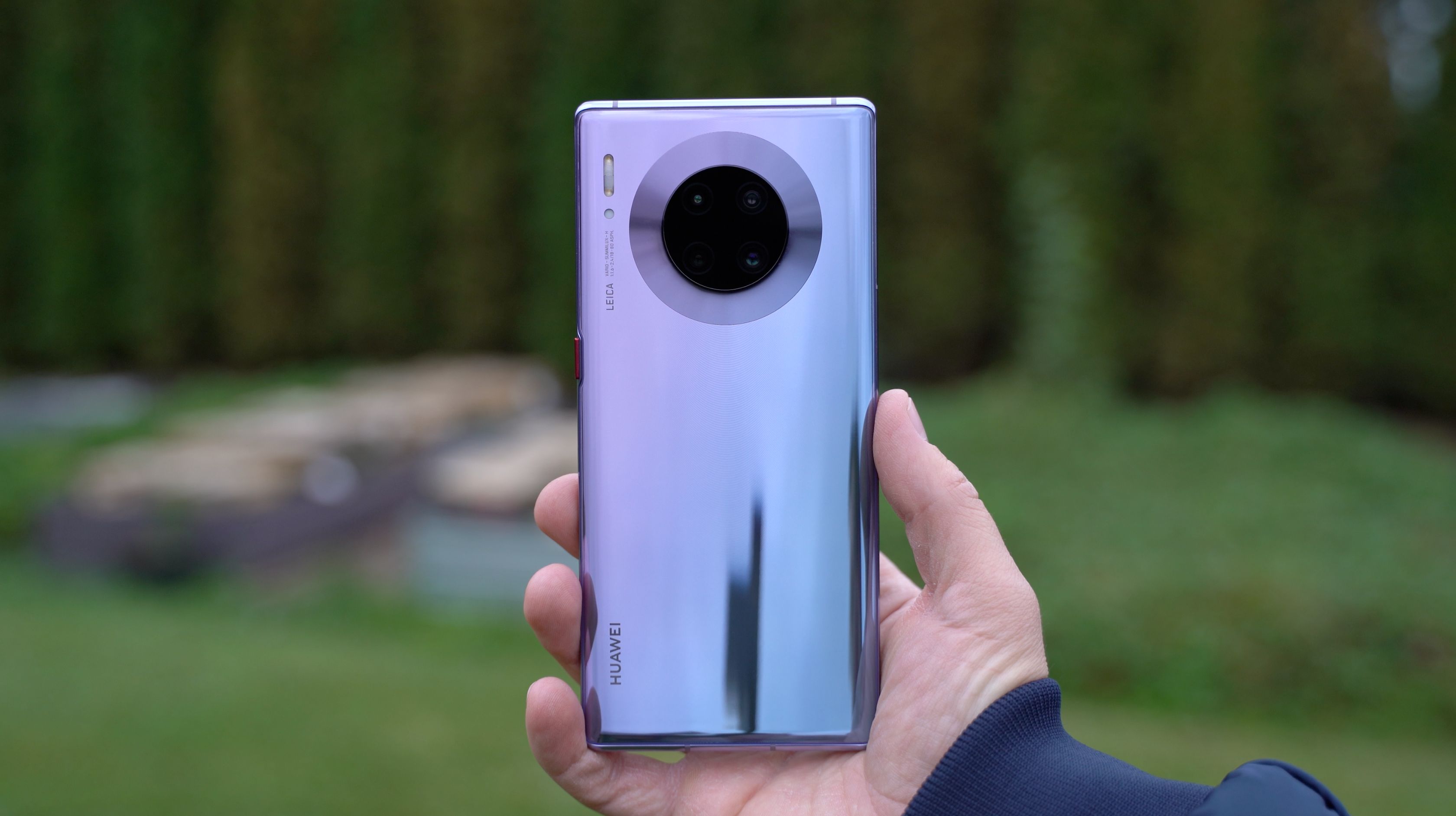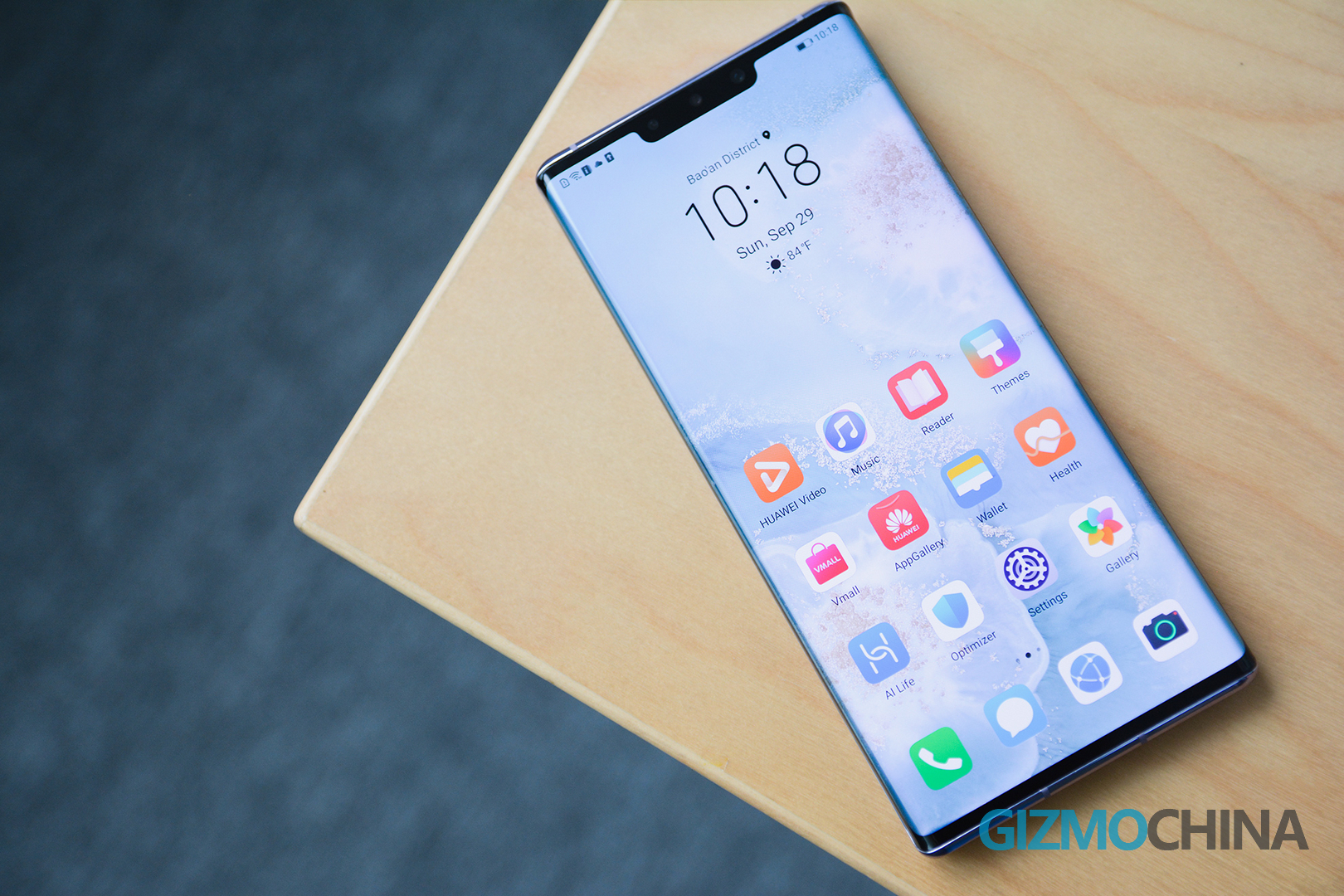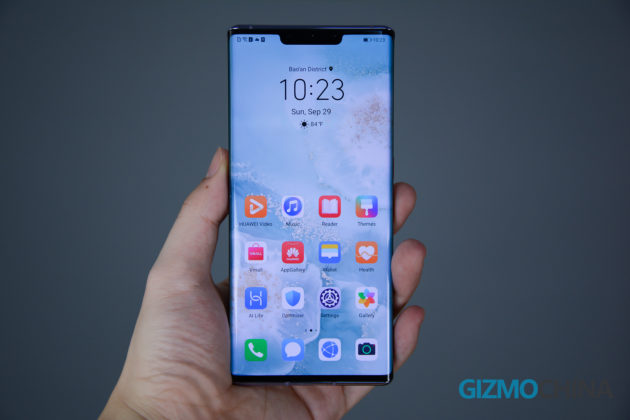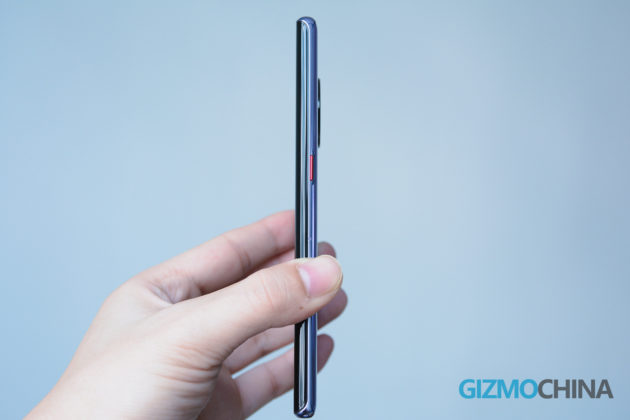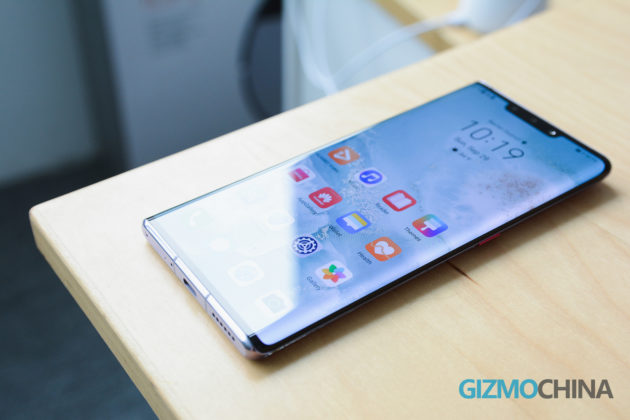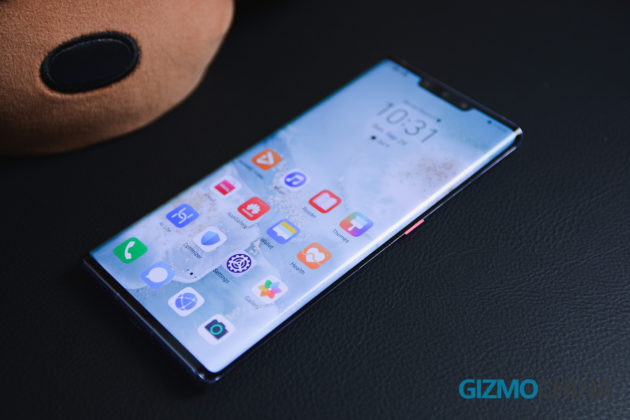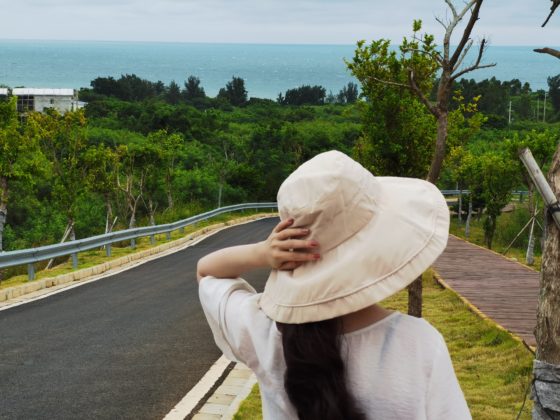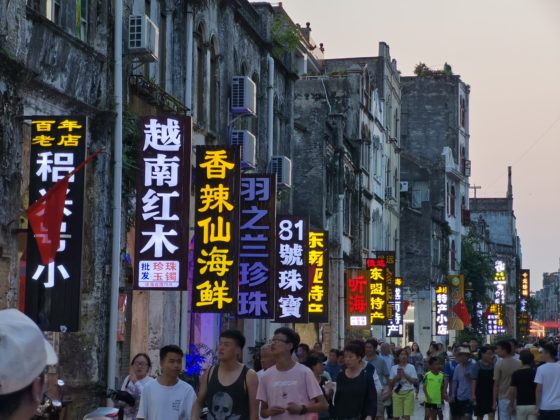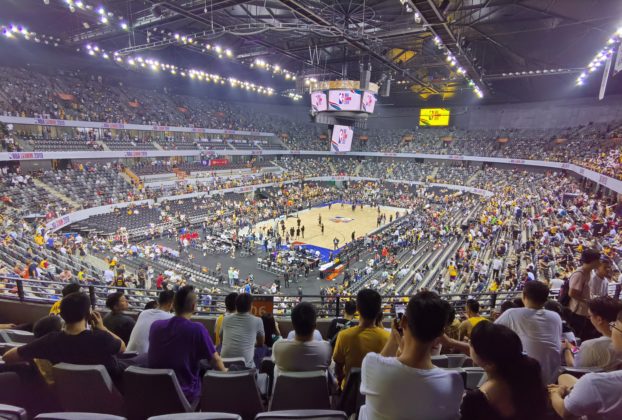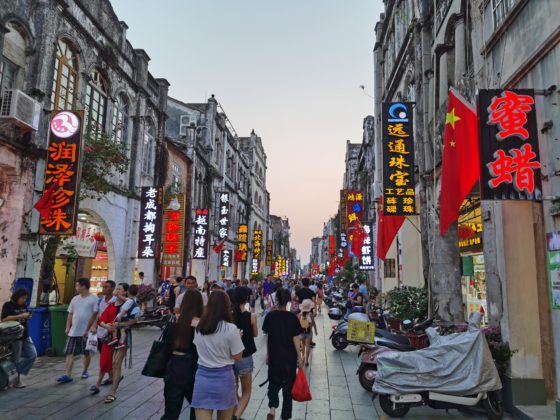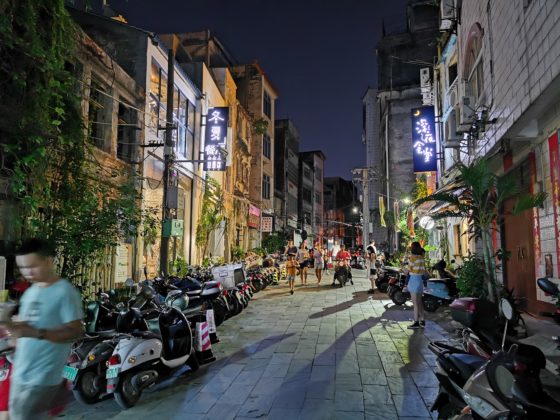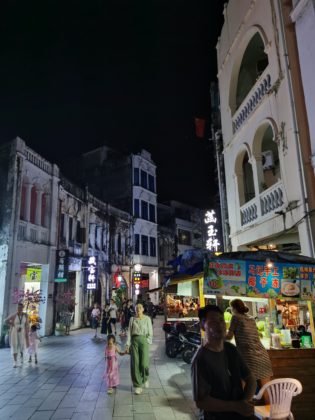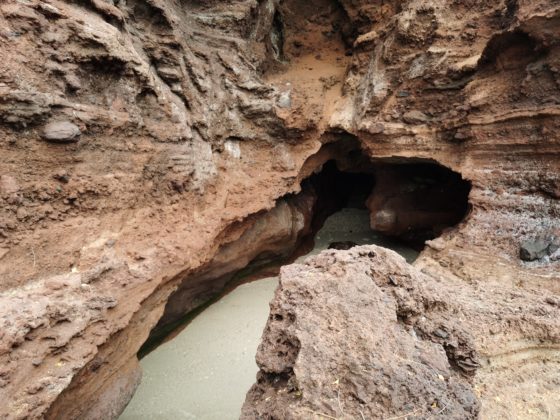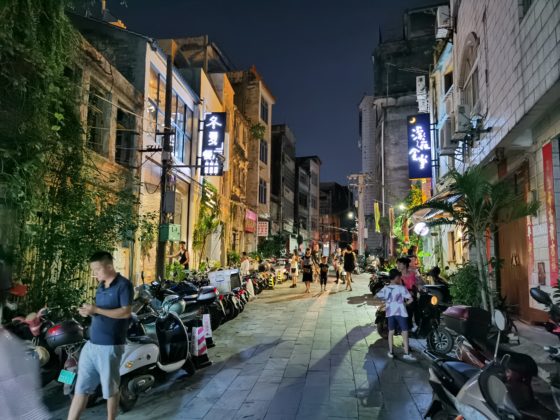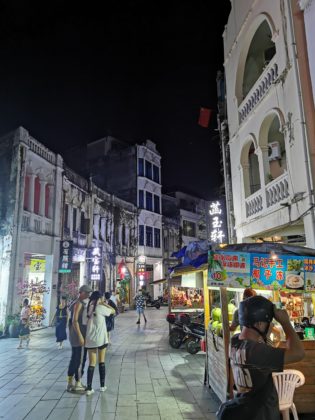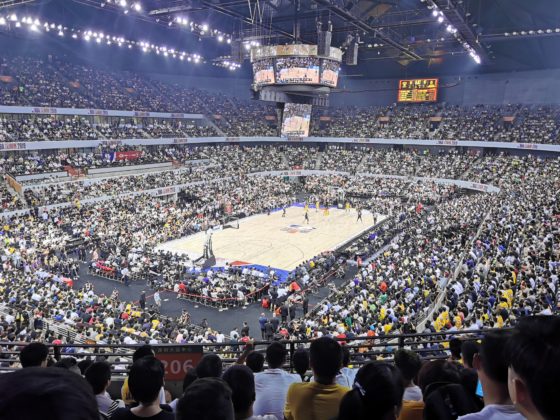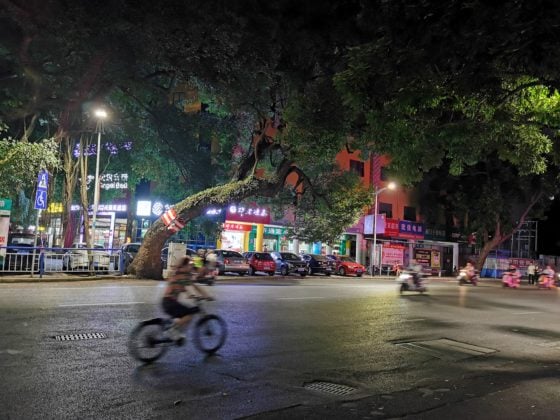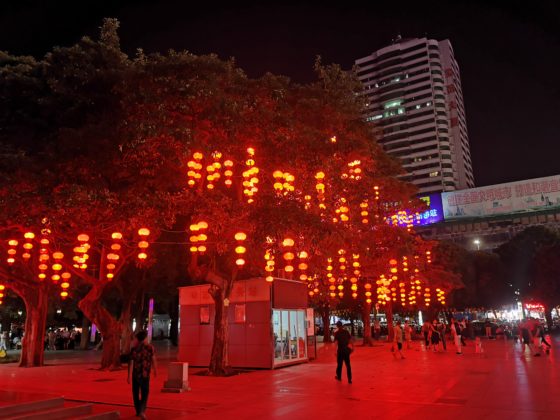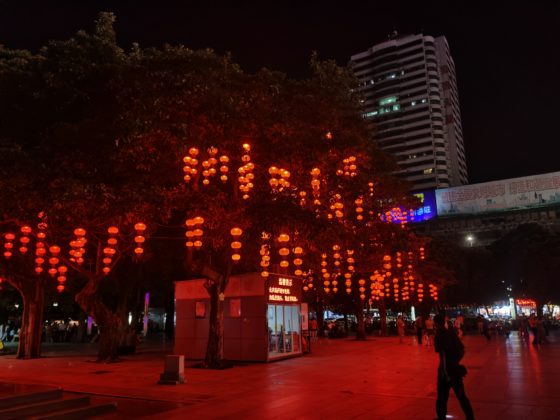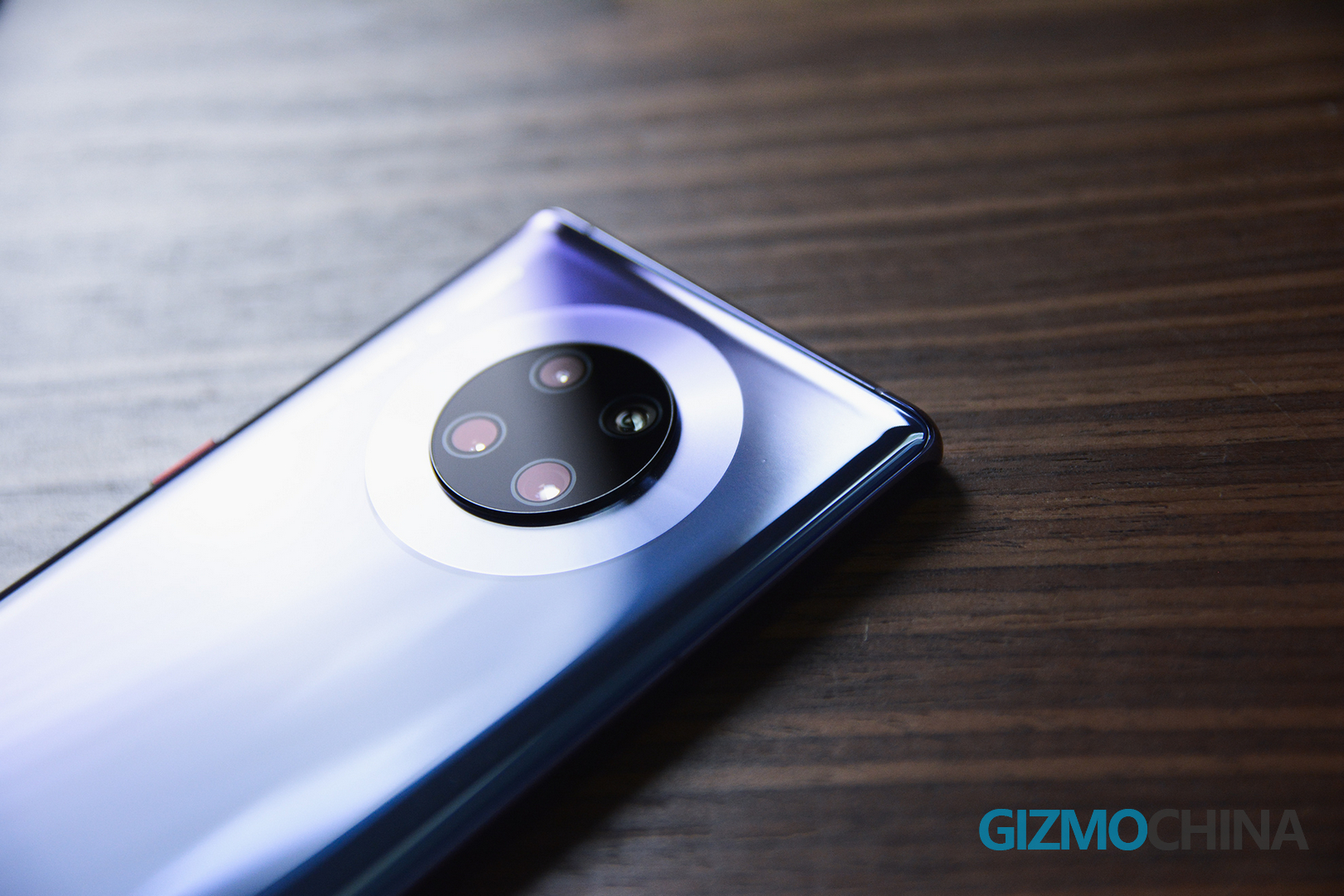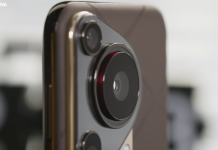Last month, Huawei released its new flagship model, the Mate 30 Pro, which is one of the most important smartphones of 2019, featuring a powerful hardware and camera setup. However, there’s a HUGE obstacle that this phone has to overcome to be successful in the international markets.
Huawei is essentially banned from using Google services on its new smartphones like the Mate 30 Pro. Despite Huawei’s promise of creating a vast app library with replacements for Google apps, it would still be hard for users to give up on essential services like YouTube. There are workarounds to add Google services on the device, but they are not straightforward.
However, unlike the global market, domestic users in China can use substitutes for most google apps. And it’s a 1.4 billion people’s market, which why Huawei is still confident they can make their new flagship without google services.
If you keep the Google issue aside, the Mate 30 Pro is an excellent 2019 smartphone. We would definitely recommend it to our readers, and here’s why!
Note that our review video is shot entirely by the Mate 30 Pro! It should give you a fair idea on how the phone performs in the video department.
Huawei Mate 30 Pro Design
Let’s start with the design of Huawei’s Mate 30 Pro, which comes standard with a 6.53-inch edge-less curved screen. Our source revealed that the leading suppliers for the display are BOE and Samsung. The instant visual experience of the fully-covered curved display is quite remarkable.
And although it looks pretty cool, some users still have concerns like accidental edge touching and color deviation around the edges. But you don’t have to worry about that much.
After several weeks of use, I can say that the colors on the display are a bit dark around the curved edges, but it’s not distracting at all. Also, Huawei cuts almost all the touch functions on its edges. But the edge does reserve a few useful but limited features. For example, because they removed the physical volume button, you can adjust it just by double-clicking the edge. So, no matter how you hold it, there are no accidental touches. Plus, there’s also an option to adjust the display aspect ratio which won’t cover the edges, if that’s what you want. This can be handy during times like gameplay, as the buttons and the display won’t move over to the sides of the screen.
Editor’s Pick: Huawei Mate 30 Pro update brings camera and video optimizations
Huawei Mate 30 Pro Camera Review
The circular cameras on the back resemble the Nokia Lumia 1020, which was one of the best camera smartphones of its time. And the round combination protrudes up a bit, so I worry whether it will get scratched soon and affect the image quality. But so far, the cameras have remained unscratched.
The Huawei Mate 30 Pro is equipped with a super-sensitive Leica quad-camera combination. There’s an 8-megapixel telephoto camera with 3x optical zoom (5x hybrid zoom and 30x digital zoom), a 40-megapixel super sensing camera with a larger standard sensor, a 40MP cine wide-angle camera dedicated for video use, and an additional 3D depth-sensing camera.
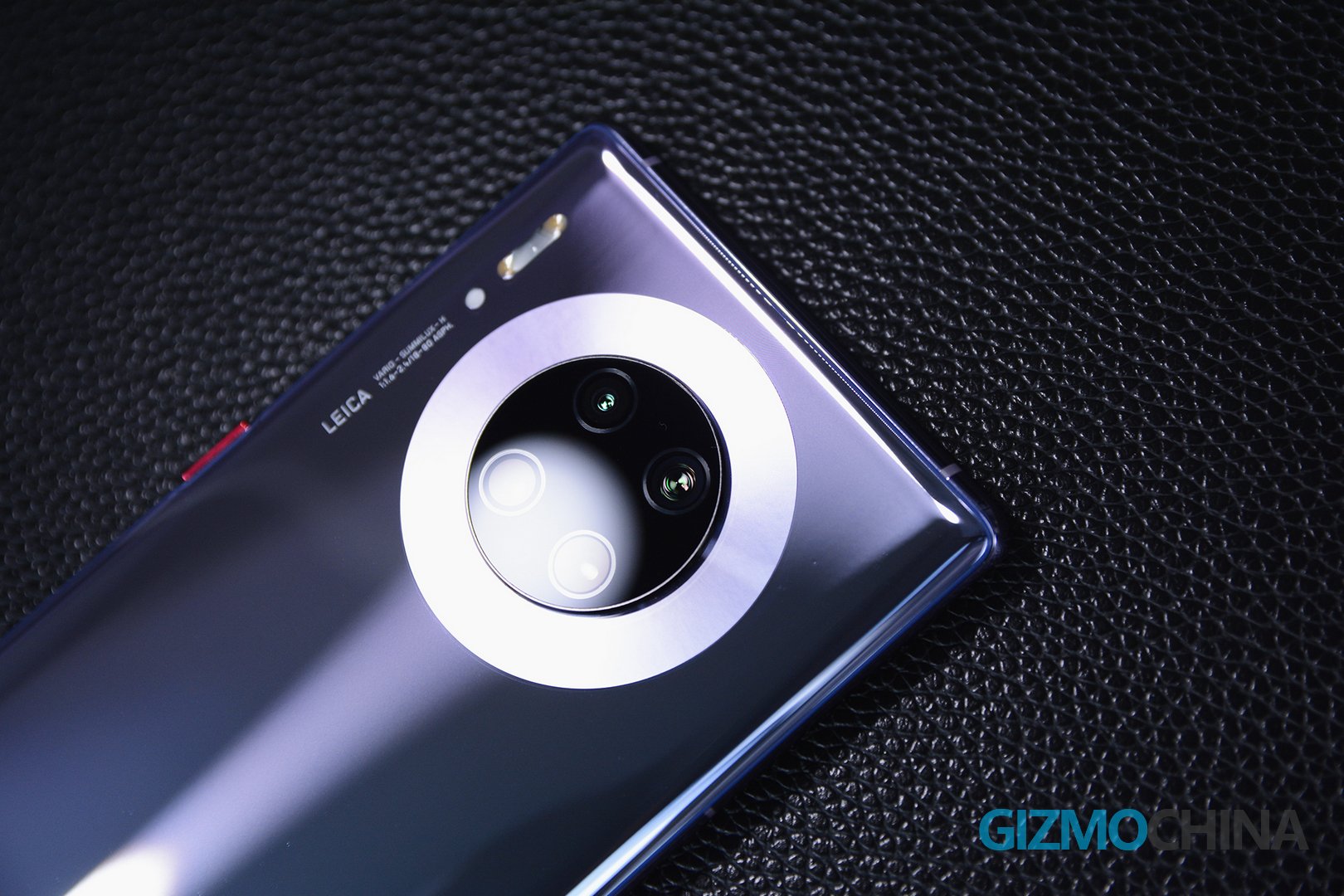
Thanks to DAVINCI’s dual-core, independent NPU neurons, the image capture and review is indeed much faster than the previous Huawei phones. The Mate 30 Pro was able to reproduce the rich colors of an object in full daylight. Even in backlit scenes, it was able to suppress the brightness and preserve the details of the characters.
The super night scene further enhances the resolution of the photos in low light environments. The results are pretty close to the effect that you get with long exposure on professional cameras, but here you don’t need a tripod, just your bare hands! Honestly, even in the standard photo mode, most night scenes came out well lit and detailed. So, the super night mode can be reserved for those extremely low-light conditions. But it does come in handy sometimes especially when regular mode mess up the exposure in some night scenes.
One of my favorite things about the Mate 30 Pro’s camera is the color reproduction. You probably have your own opinion about how Huawei handles saturation, but it’s hard to deny that such color reproduction is unique among all smartphones. The uniqueness is probably because of Leica’s contribution to the phone’s camera.
The samples come out pretty emotional and dramatic. So I would definitely recommend it for those who are into travel photography and humanistic photography. It’s really hard to explain why I like the Mate 30 Pro’s camera, so it’s best that I allow the below samples to show you what I’m talking about.
Now let’s talk about the telephoto camera with 3x optical zoom. The equivalent focal length is around 81mm. This sensor is really convenient when you want to have to shoot portraits or focus on a distant object. I do have to add that Mate 30 Pro’s telephoto camera was not as good as we expected in backlit scenes. This is especially true when we compared it with the photo shot by 2x zoom telephoto camera on Samsung Galaxy Note 10.
If we have to pick up one highlight of this camera setup, it should be the 40MP cine camera, which is the first step for Huawei to target the video market. It has a wide-ratio sensor with an 18mm equivalent focal length. The high resolution makes it one of the best wide-angle cameras in the market right now. It won’t disappoint you at all. I used it more frequently than the primary camera as it reserved the same-level detail and captured more objects in landscape photography.
The 3D depth-sensing camera measures the depth-of-field as an additional piece of information for the three other cameras. So, when you shoot it in portrait mode, the sensor helps in simulating the blurring effect. The additional information from this sensor helps to make the subject stand out of the background and get an excellent blurred effect.
But the Huawei Mate 30 Pro’s camera isn’t without flaws. For example, the white balance detection is pretty weak and unstable, even under the same lighting conditions. The white balance shifts between the three cameras under the same lighting. And when using the 40MP high-resolution camera, the zoom option is no longer be available in its wide-angle mode.
Huawei Mate 30 Pro Videography Review
Traditionally, we have focused on the photography skills of a smartphone camera but not much on their videography skills, mainly because smartphones were not great in shooting videos. But things have changed in 2019.
Huawei and Apple flagships have excellent filming capabilities. We’re working on a comparison of their videography skills in an upcoming video, so please stay tuned. But in this video, we want to focus on the Huawei Mate 30 Pro, which can shoot up to 4k 60fps video.
First of all, I have to say the color reproduction is improved quite a lot thanks to the wide-ratio sensor. But it’s unstable at times as you might experience some flicker when it shoots the same scene. And such color flickers often exist when switching between different zoom cameras. Mate 30 Pro’s inconsistent video color solution makes it quite hard to edit a video in a unified color style that combines multiple shots with different zoom options. The main culprit could be Huawei’s auto AI detection.
Meanwhile, the white balance can also be an issue in videos. Sometimes it’s not easy to have the correct white balance under some complicated lighting conditions. Please check out review video above for video samples.
Remember how terrible the stabilization was on the P30 Pro? But this time, the Huawei Mate 30 Pro has fixed it well through image cutting and OIS. We found both the moving shots and the stabilized shots were smooth with excellent stabilization. It even remained quite stable when we were holding the phone for 3x zoom filming.
From the video samples shot by the wide-angle cine camera, we did see the ambition of Huawei in the video department. The dynamic range was improved significantly. Again, thanks to the RYYB pixel arrangement, it reserved an excellent brightness under most lighting conditions. But under strong contrast, the images were not sharp enough with the loss of darkness detail. As we used the telephone camera for a closer shot, the detail loss problem is much more apparent due to its 8MP resolution.
Overall, right now, the Mate 30 Pro is not able to challenge those professional filming machines. If you want great video quality, you probably need some accessories or equipment for extreme conditions.
Professional filming would include some smooth zoom-in or zoom-out shots. Unfortunately, the Mate 30 Pro is still not able to simulate it smoothly. There were visible image stutters and color changes.
The official camera app features a dual-view mode for filming, but it is limited among the rear cameras. Unfortunately, we cannot use the front and back cameras at the same time. This could have been a fabulous feature for vloggers, but note that Huawei can still add it via a future update. So, we’re looking forward to seeing more features in the camera app.
I would also like to add Huawei has killed a few bugs in the Mate 30 Pro’s camera in the recent update. So, if you have any issues with zoom or wide-angle modes, please update your phone.
The 256x/7860fps Slo-motion video of Huawei Mate 30 Pro. Not a bright outdoor condition.#HuaweiMate30Pro #7680fps pic.twitter.com/MbHfqFJ9DZ
— GIZMOCHINA (@gizmochina) September 29, 2019
The Mate30pro also supports 7,680 frames of ultra-high-speed photography in slow motion, making it the most powerful Huawei smartphone for video recording. And we will have a special video to introduce it to you soon.
So that’s all the essential details that you need to know about the Mate 30 Pro.
Is the Huawei Mate 30 Pro leading the camera competition in the smartphone market? Yes, at least for now.
For general users or most vloggers, the overall quality of the quad-camera combination is very powerful. However, if compared with professional filming machines, the drawbacks would impact your outcomes quite significantly.
To conclude, the Mate 30 Pro is one of the best camera flagships in the smartphone market right now, especially for photography!
For our detailed review of the Mate 30 Pro including its battery and performance, please check this article.
UP NEXT: The upcoming Huawei P40 could dual boot HarmonyOS and Android & that’s probably the Right Way Forward

